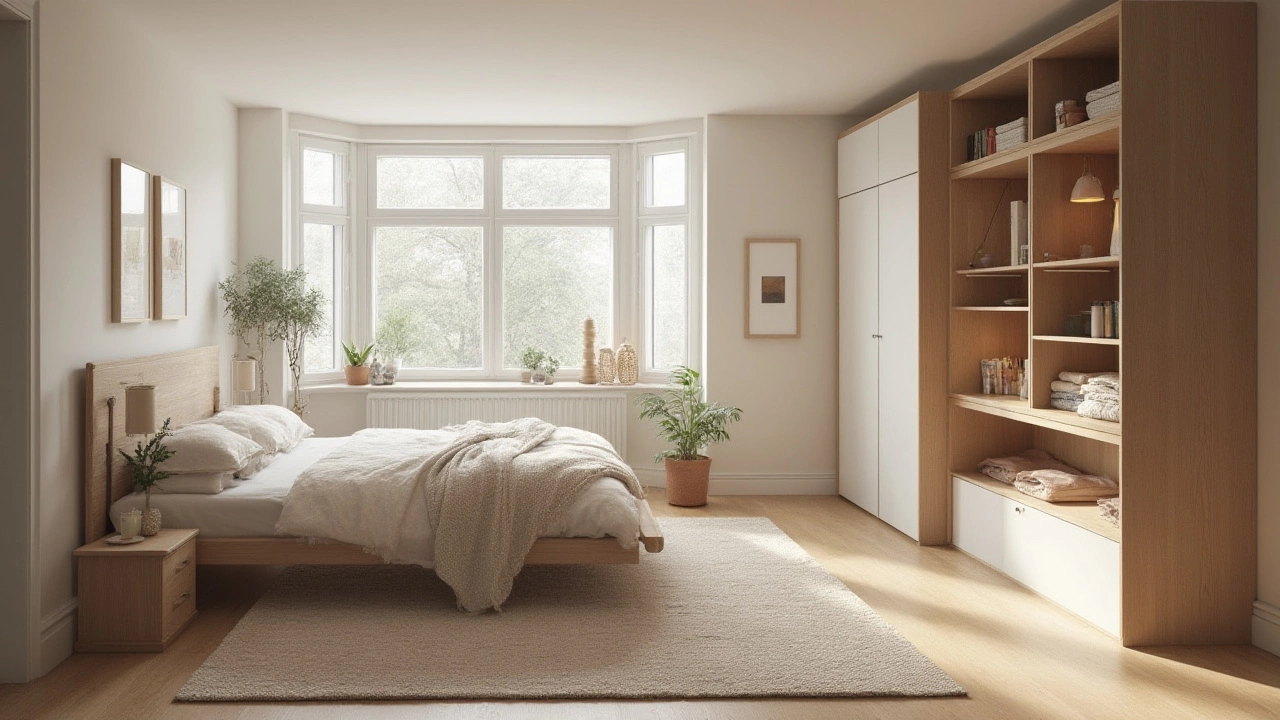Peaceful Sleep: Simple Ways to Rest Better Tonight
If you toss and turn, you’re not alone. Most people struggle with getting the kind of deep, relaxed sleep that leaves them feeling ready for the day. The good news? You can fix a lot of the problems with a few easy changes around the house and in your routine.
Create a Sleep‑Friendly Bedroom
First, look at your bedroom. Light, noise, and temperature are the three biggest sleep disruptors. Switch off bright lamps at least an hour before bed and use a low‑watt night light if you need a guide to the bathroom. Heavy curtains or a cheap blackout blind can keep streetlights out, making the room feel like a dark cocoon.
Noise can be handled with a simple white‑noise app on your phone or a low‑cost fan. The steady hum masks sudden sounds that would otherwise wake you up. If you live in a noisy street, a “cheaper than a soundproof wall” solution is to place a bookshelf filled with books against the wall that faces the street – the books absorb the sound.
Temperature matters too. Most people sleep best in a room that stays between 60‑67°F (15‑19°C). If you can’t control the whole house, a small portable heater or a fan can help you stay in that sweet zone.
Next, think about your bed itself. A cozy bed isn’t just about a fancy mattress. Adding a few soft cushions can make the space feel inviting, which helps your brain associate the room with rest. The post “How to Make Your Bedroom Look Cozy” suggests layering a light rug, a warm throw, and a couple of plush pillows – it’s cheap, easy, and instantly makes the room feel more restful.
Habits That Calm Your Mind
Even the perfect bedroom can’t win if you’re stressed. Your pre‑sleep routine matters. Try turning off screens at least 30 minutes before bed. The blue light from phones tricks your brain into thinking it’s still daytime, which pushes back your natural sleep hormone, melatonin.
Instead of scrolling, read a short paper book, do some light stretching, or write down three things you’re grateful for. This “brain dump” stops you from replaying the day’s worries when you finally lay down.
If thoughts still race, a simple breathing exercise works wonders. Inhale for four seconds, hold for seven, exhale for eight. Doing this a few times tells your nervous system to relax, making it easier to drift off.
Finally, watch what you drink in the evening. A cup of herbal tea or warm milk can be soothing, but avoid caffeine after lunch and limit alcohol. Both can fragment your sleep, leaving you waking up several times a night.
Put these changes together – a dark, quiet, cool room, a calming bedtime routine, and a few comfort touches – and you’ll notice a big jump in how quickly you fall asleep and how refreshed you feel in the morning. You don’t need a complete makeover; just a handful of tweaks can turn restless nights into peaceful sleep.
Simple Bedroom Ideas: How to Declutter, Organize, and Simplify Your Space
- Gavin Whitaker
- |
- |
- 0
Learn how to simplify your bedroom with practical tips, real-life examples, and smart organization tricks for a peaceful, clutter-free space you’ll truly enjoy.
View more